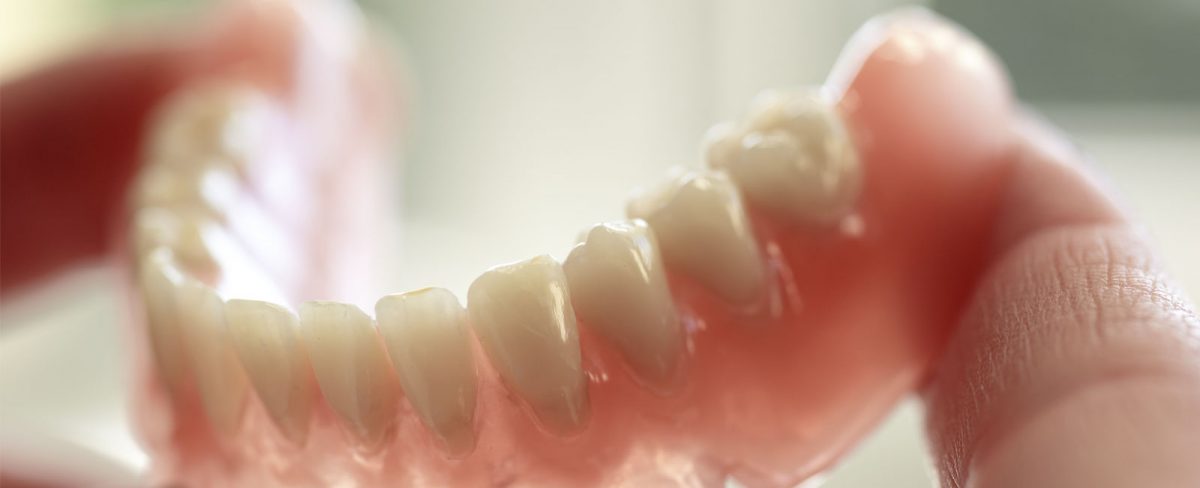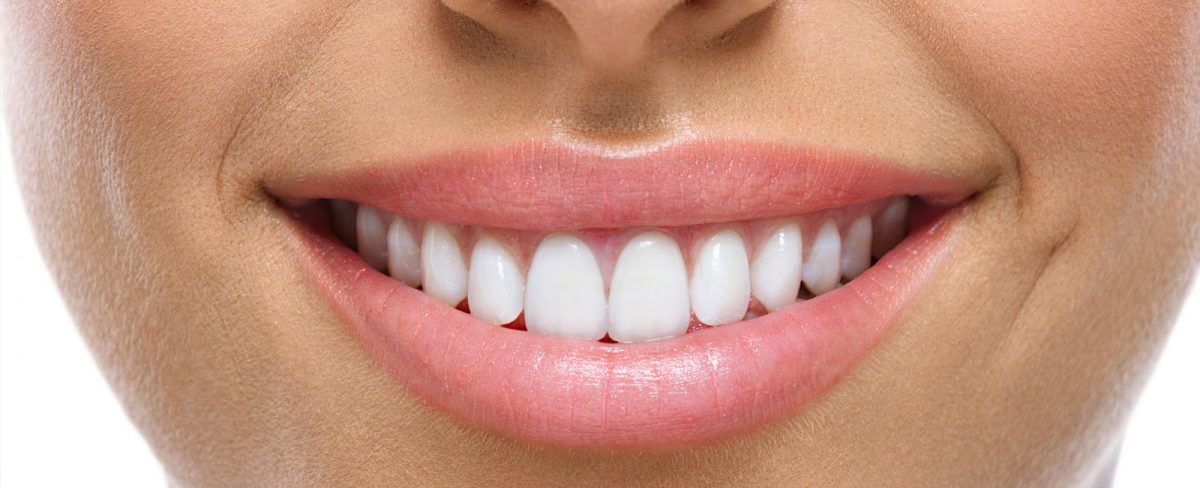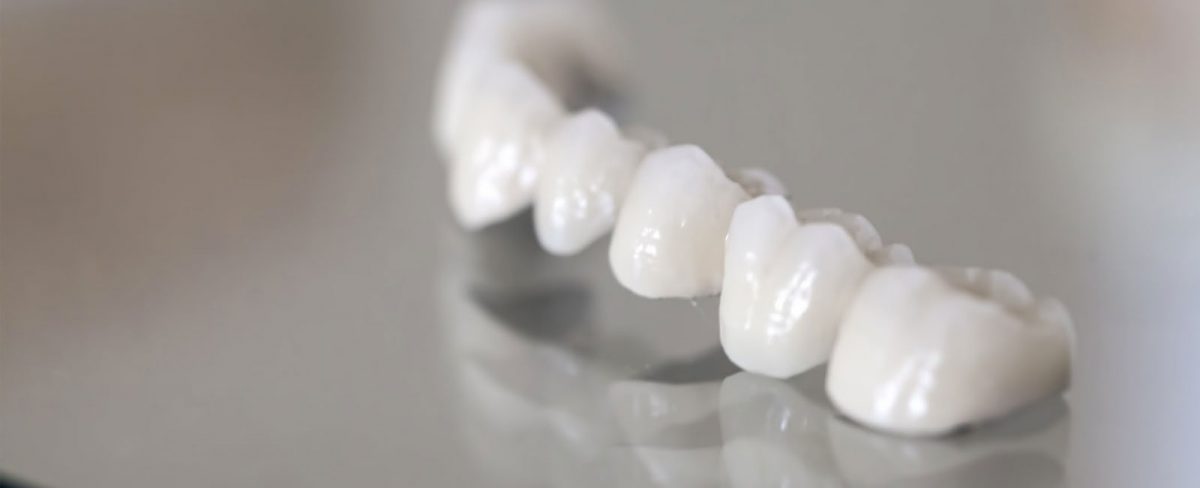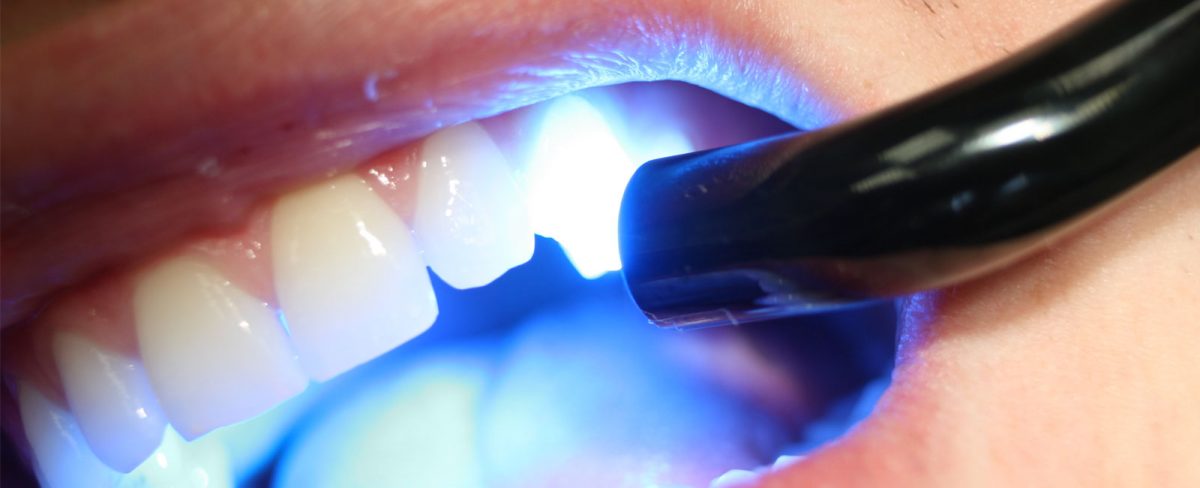Dentures are a way to replace missing teeth that could be lost due to trauma, decay or advanced gum disease. The main benefit is that you will have a set of fully functioning teeth that are custom fit to you. Today’s dentures are more natural looking and comfortable. Dental technology has advanced with the use of new materials, which means a vastly improved set of dentures. There are two main types of dentures- full and partial. Both types are made in a lab, based on a mold of your mouth.
Traditional Dentures
This is when all the teeth have been removed and the tissue is given time to heal before a full denture is placed. The healing time is usually 6-8 weeks before the gingiva is fully healed. During this time you would be without teeth. This method has not been used as much in recent years.
Immediate Full Dentures
Prior to having your teeth extracted, your dentist will take measurements to have dentures fitted for your mouth. After removing the teeth, the dentures are immediately placed. After the appointment, usually, dentures will be left in your mouth, undisturbed, for 24-48 hours. After that time, you will need a follow-up visit with your dentist to access your healing progress. Adjustments to your denture over the next 4-6 weeks are typical and expected as the mouth heals.
Partial Dentures
This option is available when all teeth do not need to be extracted. A partial denture can replace multiple missing teeth if other options are not feasible.
How to Care for Dentures
Keep your dentures clean! Plaque builds up on dentures just like natural teeth. Unless plaque is removed from your dentures, it can spread to your natural teeth and gums causing gum disease and cavities.
- Remove your dentures every night.
- Brush your natural teeth and your gums with a soft toothbrush.
- Soak your dentures overnight in a special cleaner (a denture cleanser), in warm water, or in a half-and-half mixture of warm water and vinegar. If your dentures have metal clasps, soak in warm water only.
See your dentist regularly because your mouth is always changing, therefore your dentures will need some adjusting from time to time to make sure it fits well. If you have a partial denture, regular check-ups are important to make sure that your natural teeth and gums get the care that is needed.






